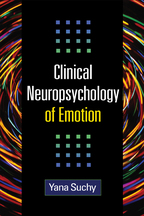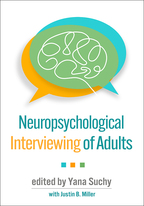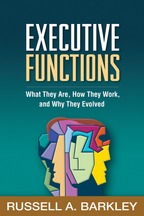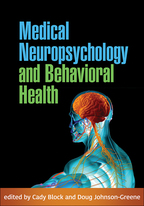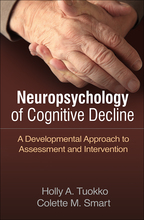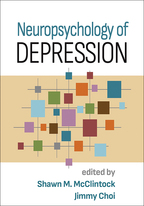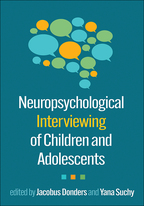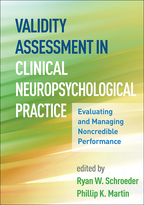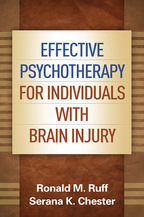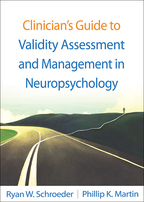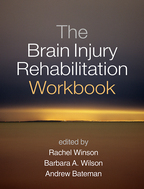Clinical Neuropsychology of Emotion
Yana Suchy
1. Traditional Models and Theories of Emotions and Personality
2. Early Neuroanatomic Models of Emotional Processing
II. Anatomy of an Emotional Event: From Emotional Trigger to Emotion Regulation
3. The Trigger Mechanism and the Detection of Emotionally Salient Stimuli
4. Reflexive Emotional Responses
5. Awareness and Understanding of an Emotional Experience
6. Emotional Communication
7. Emotion Regulation
III. Emotions, Affective Styles, and Motivation: How Emotions Shape Who We Are and What We Do
8. Mood and Motivation
9. Motivation and Sensitivity to Incentives
10. Stress and Motivation
IV. A Glimpse at Tomorrow from an Interdisciplinary Perspective
11. Temperament, Personality, and Heritability of Individual Differences in Executive Functioning, with Paula G. Williams
12. Stress Regulation, Executive Functioning, and Physical and Mental Health, with Paula G. Williams
13. Future Directions for Clinical Neuropsychology of Emotion
Appendix A. Affective Deficits, Symptoms, and Syndromes Associated with Select Clinical Populations
Appendix B. Disorders and Populations Associated with Select Affective Deficits, Symptoms, or Syndromes
Appendix C. Select Measures for Assessment of Affective Deficits, Symptoms, or Syndromes

